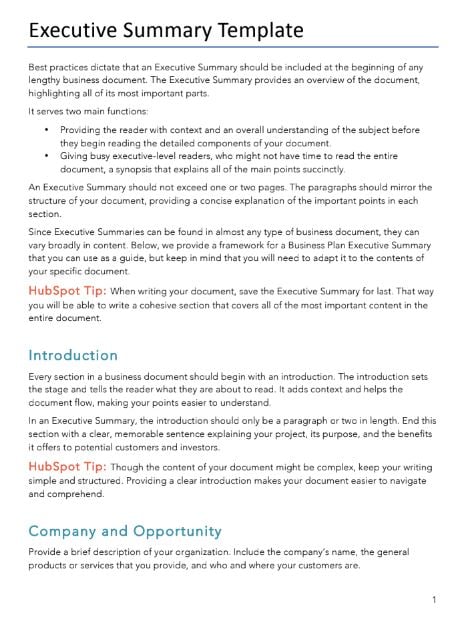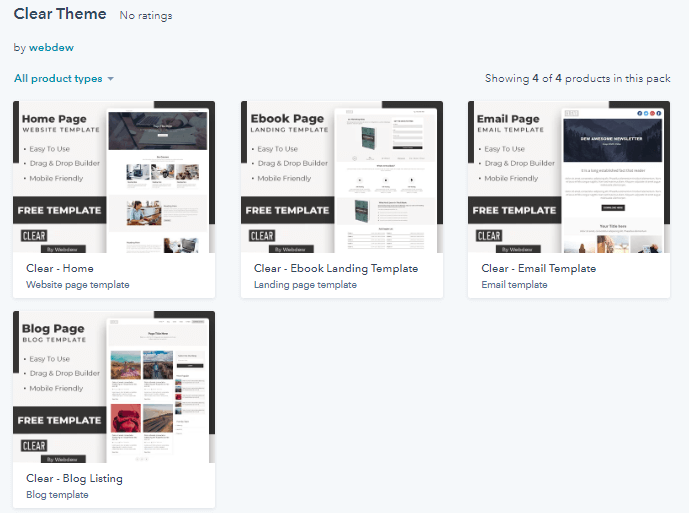


Although it is a little basic, Sendinblue's marketing automation tools are an excellent choice for small business owners looking for a beginner-friendly solution.
Hubspot email templates free#
HubSpot's free version doesn't include any marketing automation tools, and you can expect to pay at least $800 per month for a premium plan. So why should you consider using a HubSpot competitor instead?īecause HubSpot is quite expensive, and it's not all that hard to find similar platforms at a much lower cost.

Here are the best HubSpot alternatives ⇣ right now. But is it the best value for money option? I really don't think so. There's no questioning that HubSpot is a great platform for inbound marketing automation. Here are some of the best HubSpot competitors that offer more/better features and/or at a cheaper price. And when you create your blog emails in FeedOtter with your HubSpot RSS feed URL, it’s even easier.HubSpot is a great platform for inbound marketing automation – but its free version doesn't come with marketing automation. You’re all set! HubSpot makes it easy to locate and use an RSS feed to share your content.
Hubspot email templates how to#
For more information, check out this post to learn how to integrate your HubSpot account with FeedOtter to send your emails quickly and easily. FeedOtter will automatically read and pull content from your RSS feed into an email template.įrom here, you can customize your template, align it to your brand, and set up the rest of your automated email campaign, and then schedule it to send. Then, go to RSS Feeds in the left column and paste in your HubSpot RSS feed URL where it says Feed 1 URL. Once you’ve set a name and your email service provider, set your sending schedule. Now, create a new automated email campaign. I Have My HubSpot RSS Feed, Now What?įinally! It’s time to automate the creation of your blog content emails. Again, rss.xml is the most common format for HubSpot RSS feeds, but if this isn’t your RSS feed URL, you can easily create one through HubSpot. If this format doesn’t find your RSS feed, follow this tutorial from HubSpot to find your RSS feed directly in your HubSpot account. This should show you the RSS feed you can add to your FeedOtter account to pull in your emails’ content. Then, add feed.xml or rss.xml to the end of the URL. The two common URLs for HubSpot are found by adding feed.xml or rss.xml to the end of the base URL.įirst, go to your blog page. Adding these to the end of your blog’s URL should produce your RSS Feed content. HubSpot uses two common URLs for their RSS feeds. And when it comes to HubSpot, FeedOtter uses the RSS feed from your Hubspot blog to create said emails. FeedOtter uses RSS feeds to pull content from your website to create curated newsletters or blog digests. What’s an RSS Feed?Īn RSS, or Really Simple Syndication, is a simple text file of content on your website that automatically updates when content is added. In this post, we’ll walk through how to find your HubSpot RSS feed URL for use in FeedOtter. The first step in creating and sending your FeedOtter blog emails is by adding your RSS feed. HubSpot’s email automation tool integrates perfectly with FeedOtter and sends your emails on your schedule to your leads and subscribers. In this case, it’d be using your HubSpot RSS feed URL to create FeedOtter emails, which then would be sent through Hubspot’s email automation system. FeedOtter uses RSS feed URLs to create blog digests and curated newsletters to send to your audiences through an email service provider. By using your Hubspot RSS feed URL, you can use FeedOtter to simplify the email automation creation process. RSS feeds are important because they read your content and allow you to create email automations that will showcase your blog content – driving traffic and ROI as a result.īut how are you creating those emails to send out blog content from HubSpot? This is where FeedOtter can help. As such, many marketing teams turn to HubSpot’s CMS tool to help create their company website and blog-and this is where the HubSpot RSS feed URL comes into play. HubSpot has set an outstanding precedent for being the leading inbound CRM- from nurturing leads, sending emails, tracking customer communication and tickets, workflow automation, database management, and creating a website and unique HubSpot RSS feed URL for your company - the list is endless. When it comes to an all-in-one sales and marketing automation platform, few can compare to HubSpot.


 0 kommentar(er)
0 kommentar(er)
